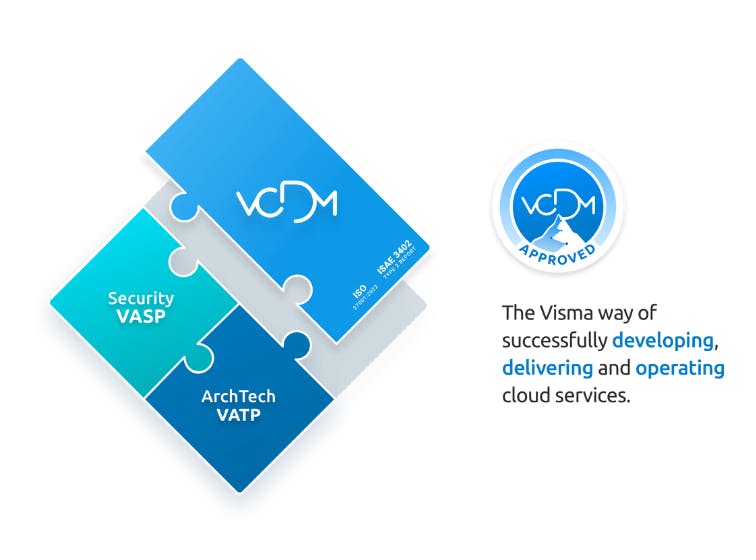Article
5 API trends we’re seeing in 2024
5/8/2024
min read
Innovation and development

The move towards APIs and connected software systems shows no signs of slowing down. Businesses are increasingly relying on APIs as the backbone of their operations, with a 60% increase in API calls year over year. And their utility goes way beyond developers. They have become essential for automating processes, accessing new data streams, and integrating systems in real-time. As the world becomes more interconnected, the demand for robust, secure, and innovative APIs continues to surge.
In 2024, we’ve seen the evolution of APIs accelerate even further, driven by the need for greater flexibility, scalability, and intelligence in business systems. These trends are not just shaping the future of technology; they are fundamentally transforming how companies operate and grow. Understanding and leveraging these trends will be crucial for businesses looking to stay ahead of the curve and build resilient, future-proof digital ecosystems.
Here are the five key API trends that have been redefining the landscape in 2024:
1. Microservices
One of the most notable trends in the API space is the rise of microservices. Microservices are small, modular applications that can be combined to form a larger system. By breaking down complex applications into smaller components, a business can reduce the complexity of its systems, increase development speed, and improve the scalability of applications.
Some good examples are user authentication or payment processing services. A microservice dedicated to user authentication could manage tasks such as user registration, login, password recovery, and session management. Whereas a payment processing microservice could handle all tasks related to processing payments, such as validating payment details, interacting with payment gateways (like Stripe or PayPal), handling refunds, and generating invoices.
These types of microservices allow for modular development, where specific business functions are isolated into independently deployable services, making the overall system more flexible and easier to maintain.
2. Marketplaces and app stores
Another trend is the growth of marketplaces or app stores. These platforms serve as centralised hubs where businesses can discover, purchase, and integrate third-party applications and services that seamlessly connect with their existing systems. Because they allow businesses to browse ready-to-use applications rather than build custom solutions from scratch, they’re a really great time-saver for enterprise resource planning (ERP) and other business-critical software systems.
Browse the Visma API catalogue
3. Security
As integrations increase, so does the importance of security in APIs. Business systems have access to more data than ever before, so we must heighten our awareness of who is who and what data are being used. Secure APIs regulate how much and what kinds of data can be extracted. They also use secure authentication and authorisation methods, such as OAuth and JWT, as well as API gateways and firewalls to protect against potential security threats.
Learn more about the Visma Security Program
4. Artificial intelligence and machine learning
APIs are increasingly being used to integrate AI and ML capabilities into applications and services. These technologies allow businesses to add advanced features, such as image recognition and natural language processing, to their products without needing to develop these complex algorithms in-house.
Imagine a company wants to add an AI Assistant to their e-commerce platform to handle customer questions and provide personalised recommendations, but they don’t have the in-house expertise to develop complex AI models from scratch. That’s where an API from a third-party provider can help. By connecting to ready-made AI and ML APIs, companies can quickly enhance their existing systems with new functionalities, like a chatbot, without needing the expertise or resources to build it themselves.
5. Composable ERP
Many businesses manage their operations with an ERP system, but there are so many products that focus on only one aspect of operations – such as CRM or payroll or time registration. With APIs, businesses can “compose” their ERP needs and use only one data set across multiple products. This makes it much more scalable and adaptable because components can be added or removed as needed.
Traditional ERP vs Composable ERP
The main difference between a traditional ERP system, where most of the functionality is included, and a Composable ERP system is the degree of modularity and flexibility they offer. Traditional ERP systems typically offer a fixed set of modules and features, which are designed to meet the needs of a wide range of businesses. The trend that we see right now is a core system that can be built up by several microservices all with good APIs to add other components. In this way, the customer can “compose” the solution for their needs themselves and use best-of-breed solutions together. Easily combined and integrated.
This approach allows businesses to select only the modules and features they need, without being burdened by those they don’t need. This results in a more flexible and agile system that can better adapt to changing business needs while reducing the complexity and cost of traditional ERP implementations.
Ready more: 7 steps to building an ecosystem strategy
Composable ERP and compliance
An ERP could be national or international, but the components around it can be local and more suitable for local rules and regulations. By using Composable ERP, organisations can mitigate compliance risks and maintain the trust of their customers and stakeholders.
“Composable ERP offers businesses the flexibility to build an ecosystem that meets their unique needs, bringing your own app approach to the world of ERP.”
Yvette Hoogewerf, Segment Director, Medium Businesses
These are just a few of the trends shaping the future of APIs and connected software today. As technology continues to evolve, we can expect to see even more exciting developments in this field in the years to come.

Did you know? You CAN transform and grow your business with APIs.
Voice of Visma
Welcome to the Voice of Visma podcast, where we sit down with the business builders, entrepreneurs, and innovators across Visma, sharing their perspectives on how they scale companies, reshape industries, and create real customer value across markets.

















































































































































































































































